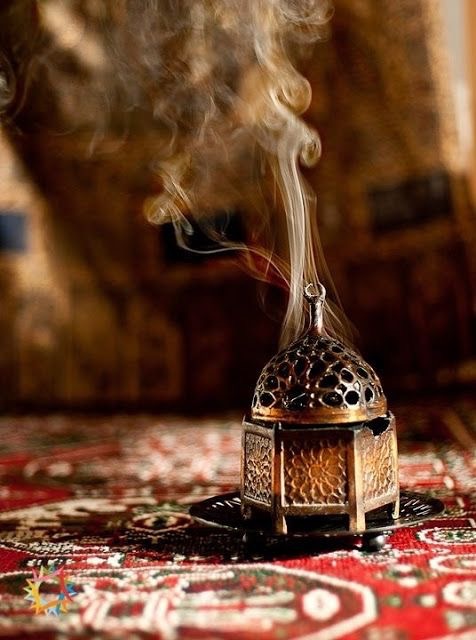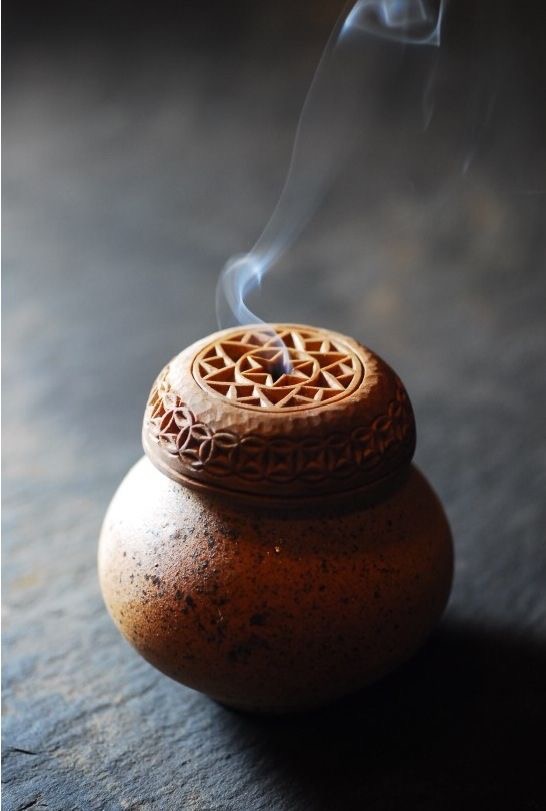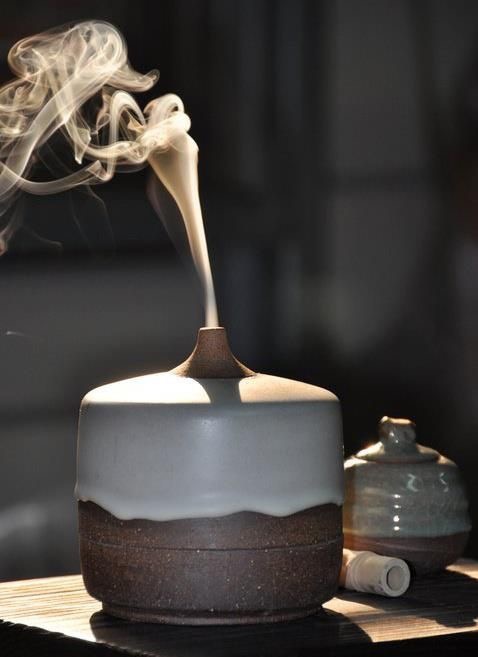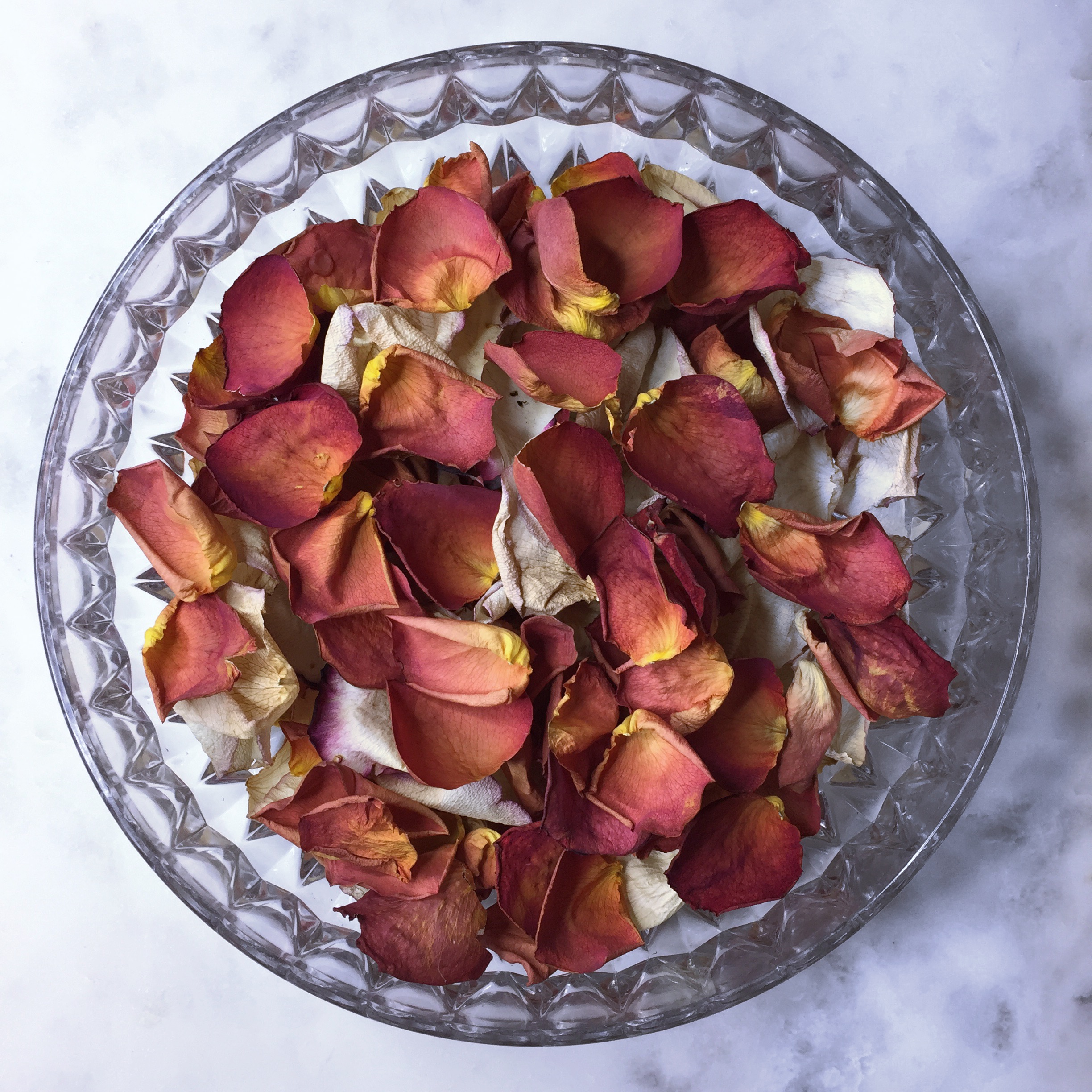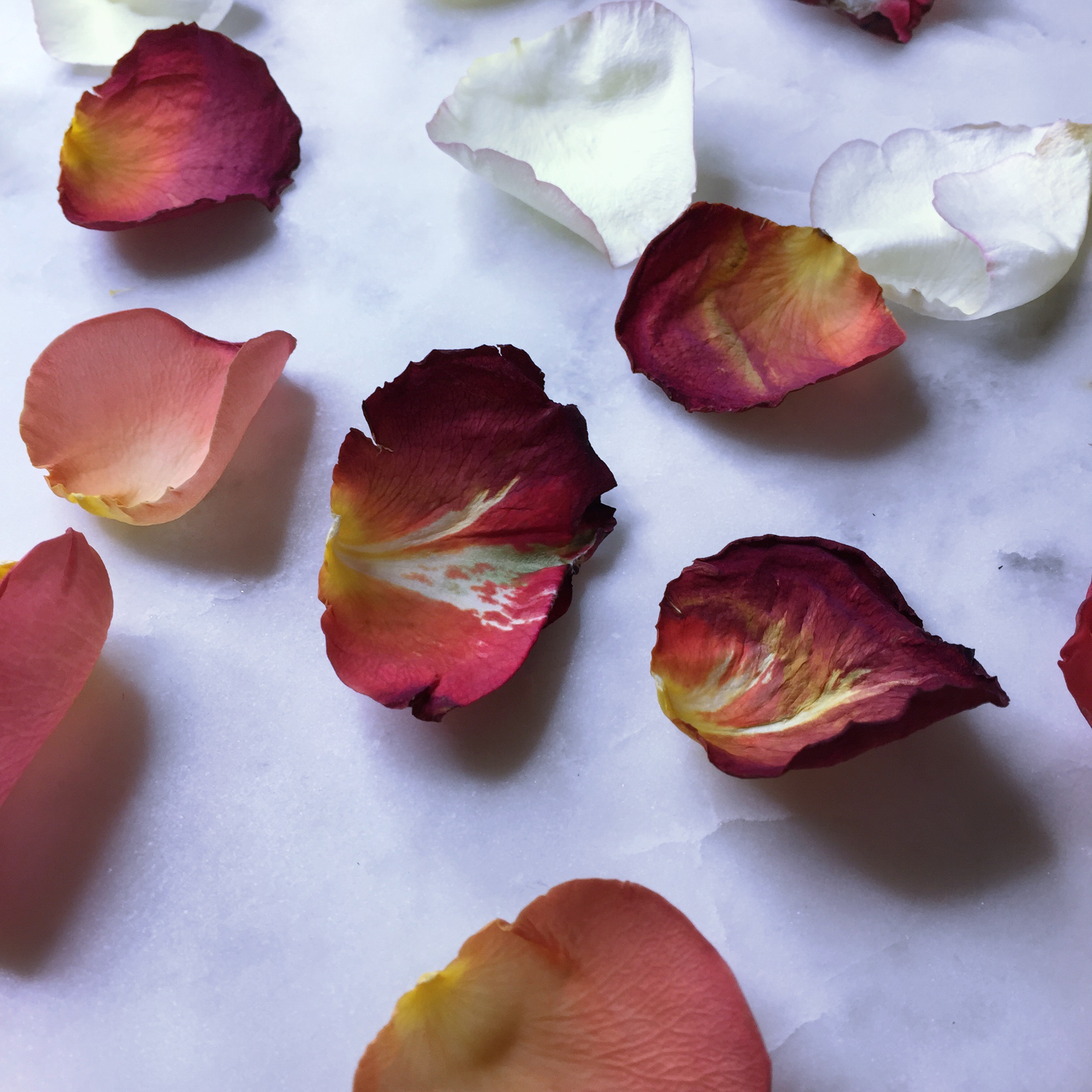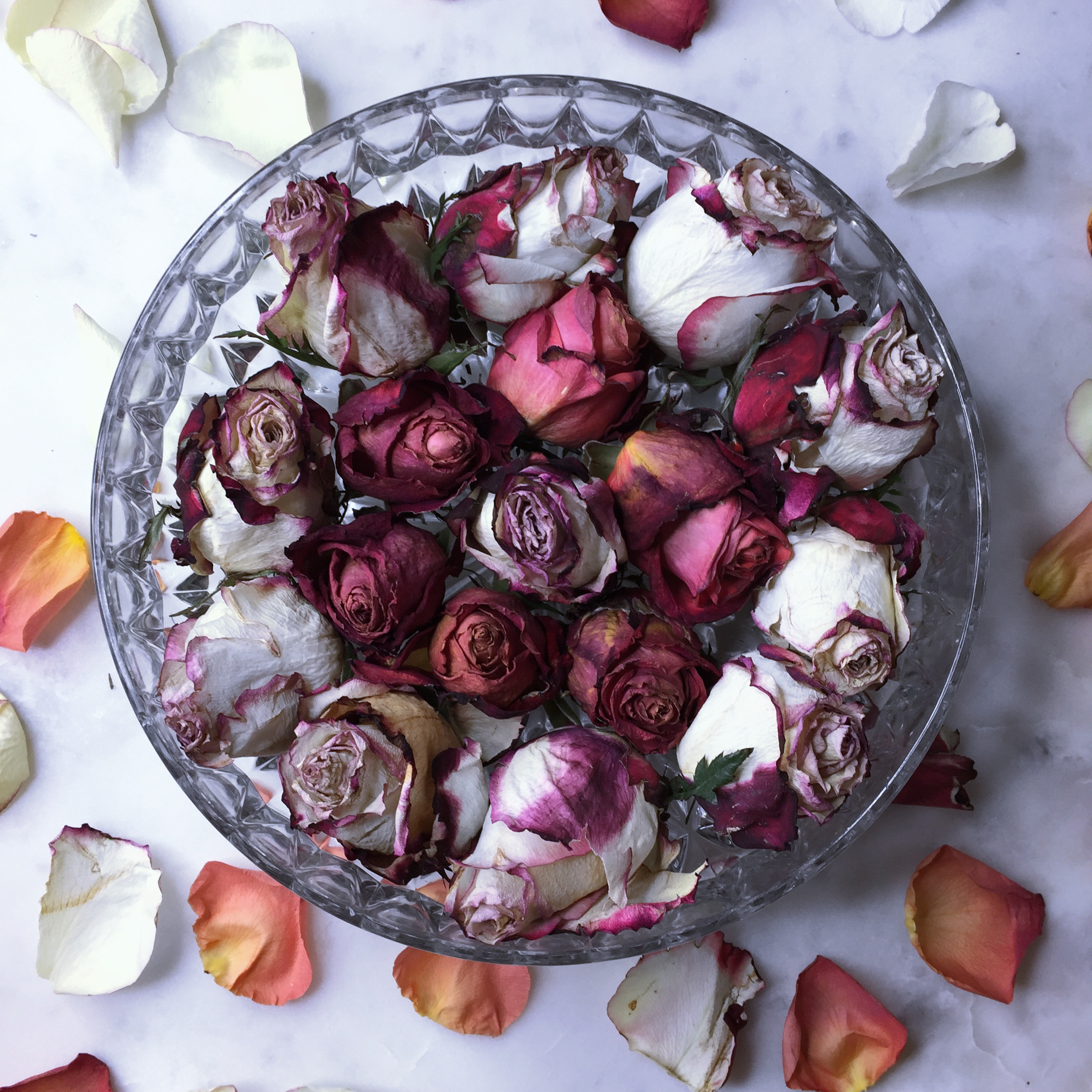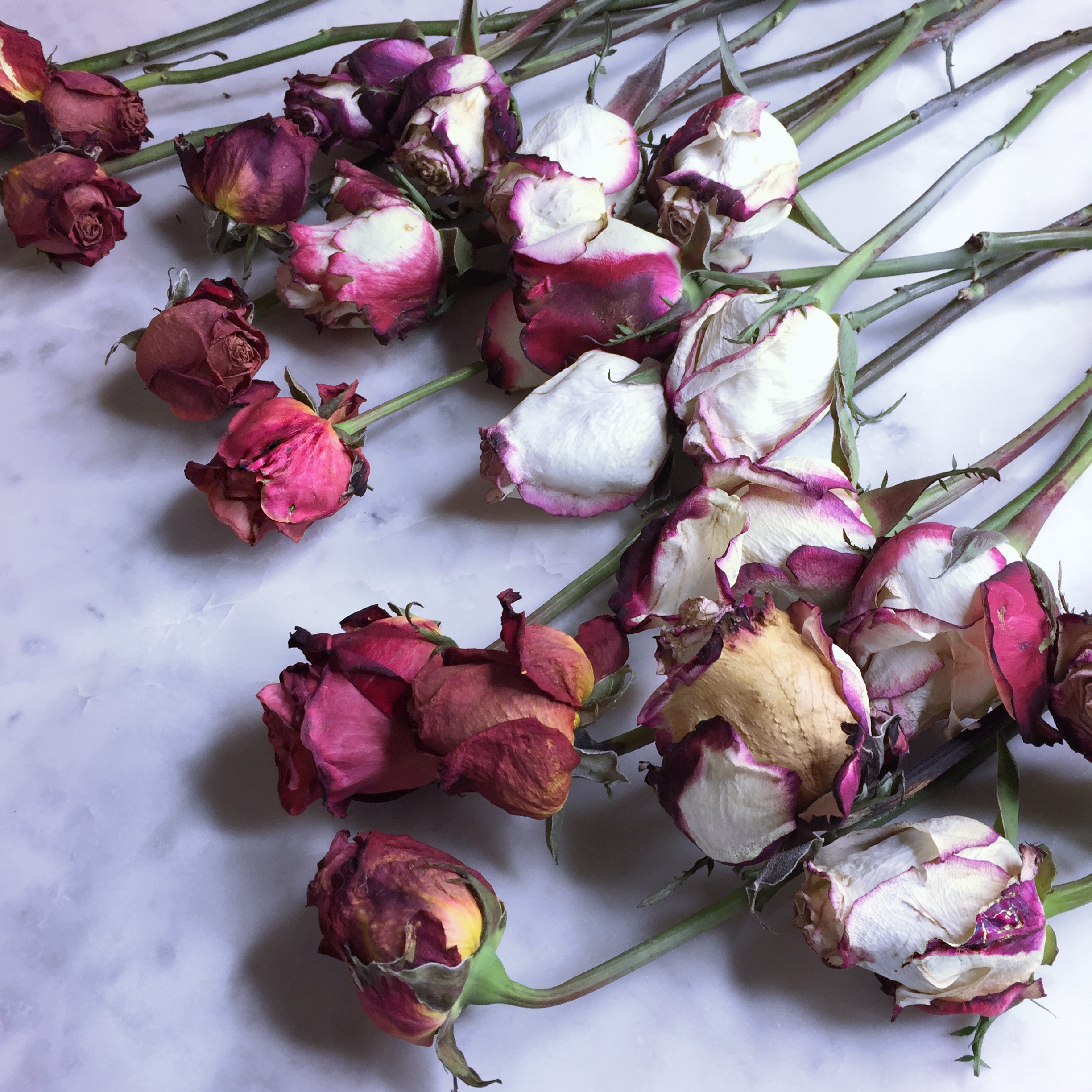There are a multitude of different types of witches out there in the world and I'd like to give you an introduction to some of them. To begin with, I think it's important to first define what a witch is. To me a witch is simply someone who practices witchcraft. Witchcraft is something you do, like ritual or spellwork, and it’s not necessarily a belief system in of itself. So, you don’t need to follow any specific religion to call yourself a witch or to practice witchcraft. There are, however, many witches who use witchcraft as part of their religious practice. So it's up to you to determine which path best fits your own spiritual journey.
1: Gardnerian Witch
A Gardnerian Witch is someone who follows the belief system of Gardnerian Wicca, which was created by Gerald Garner in the 1950s. Gardnerian Wicca is hierarchical system that consists of a high priest and priestess as well as various initiations. So, one is not a Gardnerian Witch until they have learned their specific traditions and have gone through proper initiation.
2: Alexandrian Witch
Alexandrian Witchcraft is like Guardian Wicca in that it is a formalized belief system which contains it’s own traditions and initiations. Alexandrian witches follow some of the similar traditions in Guardian Wicca, but also incorporate ceremonial magic as well as the Qabalah.
3. Solitary Witch
A solitary witch is someone who performs spellwork and rituals alone and without a coven. This may be by choice, or perhaps they just haven’t yet found a group of fellow witches they would like to work with. A solitary witch can incorporate various different paths based on their interest and may or may not use witchcraft as part of a wider spiritual path or religion.
4. Eclectic Witch
An Eclectic witch is someone who pulls from various witchcraft traditions for their spellwork and rituals. They rely on a variety of different cultures, beliefs, and systems to formulate their own personal witchcraft practice which may change and evolve over time.
5. Traditional Witch
A traditional witch is someone who takes a historical approach to witchcraft. They look at old grimoires, witch trials, various witch lore, and historical accounts to lay the foundation for their own spells and rituals. Often traditional witches focus on working with the nature and history of the place they live and may work with the genius loci, or the local spirits.
6. Hereditary Witch
A Hereditary witch is someone who was born into a family that practices witchcraft. Usually their knowledge is passed down through generations and each family may have their own traditions and belief system. Though, just because someone is born in a witch family it does not necessarily mean that they will be more knowledgeable or powerful than a non-hereditary witch.
7. Hedge Witch
A Hedge witch works with the liminal spaces and the spirit realm. In the past a ‘hedge’ would mark a boundary of a village or settlement and thus represents the boundary between our physical reality and the spirit world. A hedge witch may be skilled at crossing that boundary through practices like astral travel.
8. Kitchen Witch
A kitchen witch enjoys making their home and surroundings a sacred space. They often like to incorporate witchcraft with their cooking and put their energy and focus into to the food and the meals they create. They care deeply about the ingredients, and may have their own herb and vegetable garden.
9. Green Witch
Green witches are extremely nature based. They are likely to be in-tune with the seasons and often use natural materials to create their own magical tools. They most likely try to perform all their spellwork and rituals outside in nature when possible.
10. Cosmic Witch
A cosmic witch incorporates astrology and astronomy into their witchcraft. They most likely closely follow the alignment of the planets and they will often will coordinate their spells and rituals based on the location of the planets and the moon.
What type of witch are you? Share in the comments below!
You can learn more about these types of witches in my corresponding Youtube video below:


